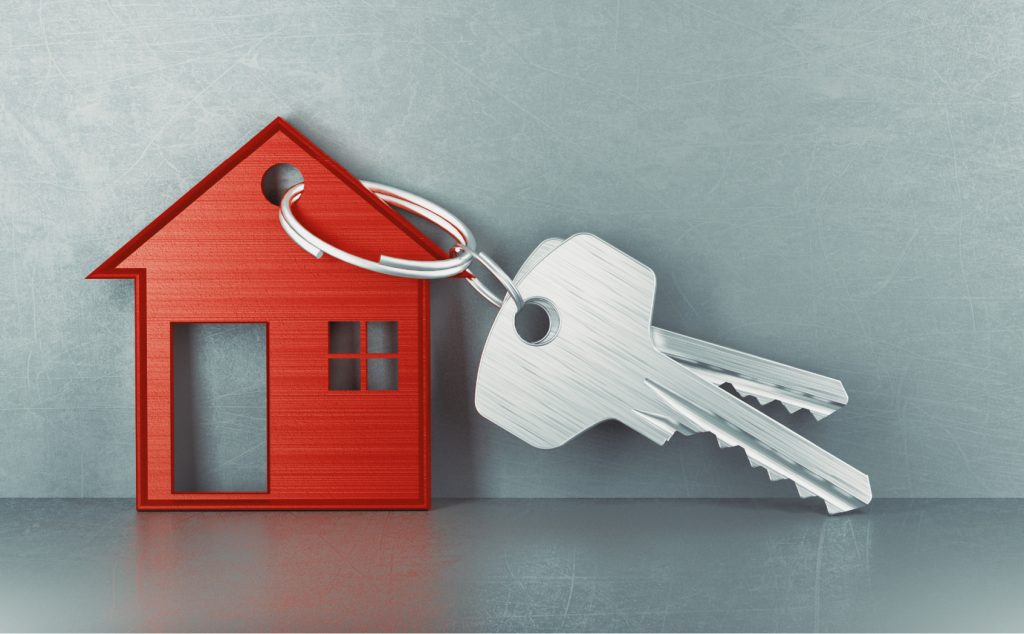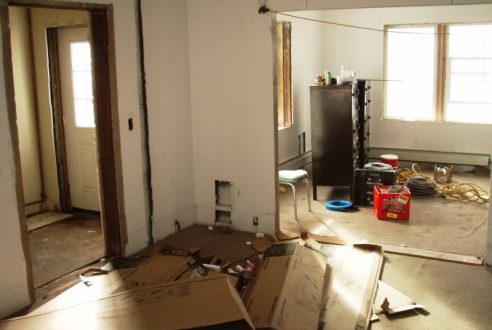Buying or selling a home is a significant milestone in life, and the process involves various legal intricacies known as residential conveyancing. From property searches and contracts to the final transfer of ownership, understanding the nuances of this process is crucial for a smooth and successful transaction. In this blog post, we will explore everything you need to know about residential conveyancing, shedding light on the key steps and considerations involved.
Hiring a Conveyancer or Solicitor
One of the first decisions you’ll face in the conveyancing process is whether to hire a conveyancer or a solicitor. Both professionals play essential roles, but they differ in their scope of practice. A conveyancer specializes in property transactions and may be more cost-effective for straightforward cases. On the other hand, a solicitor, while more versatile, might be necessary for complex transactions or if legal issues arise during the process.
Pre-Contract: Property Searches and Preliminary Checks
Before a sale can proceed, several pre-contract steps must be completed. Property searches are conducted to reveal information about the property and its surroundings. These searches cover areas such as land registry checks, local authority searches, and environmental searches, aiming to uncover any potential issues that might affect the property’s value or your living experience.
Drafting and Reviewing Contracts
Once the pre-contract steps are completed, the seller’s solicitor drafts the contract for the sale. This document includes essential details about the property, its price, and any conditions of the sale. The buyer’s solicitor reviews the contract, ensuring that all legal aspects are in order and addressing any concerns or queries they may have. This stage is critical for clarifying expectations and avoiding disputes later in the process.
Property Valuation and Surveys
Property valuation is a crucial step in the conveyancing process, helping both buyers and sellers determine a fair market price. Additionally, buyers often arrange for property surveys to assess the condition of the home. These surveys can uncover structural issues or defects that may not be immediately apparent, providing valuable information for negotiation and decision-making.
Exchange of Contracts
Once all parties are satisfied with the terms and conditions, the exchange of contracts takes place. During this stage, both parties sign and exchange their copies of the contract, legally binding them to the transaction. At this point, the buyer usually pays a deposit, which is typically a percentage of the property’s purchase price. If either party backs out after this stage, they may face financial penalties.

Completion: Transfer of Ownership and Finalization
Completion marks the final stage of the residential conveyancing process. During completion, the buyer pays the remaining balance, and the ownership of the property officially transfers from the seller to the buyer. The keys are handed over, and the buyer can take possession of their new home. The buyer’s solicitor also registers the change of ownership with the land registry.
Post-Completion Tasks
After completion, there are still important tasks to address. The buyer’s solicitor must settle any outstanding payments, including stamp duty and registration fees. Additionally, the buyer may need to update utility providers, the local council, and other relevant parties with the change of address.
Leasehold vs. Freehold Properties
It’s crucial to differentiate between leasehold and freehold properties in the residential conveyancing process. A freehold property means that the buyer owns both the property and the land it sits on. In contrast, a leasehold property involves owning the property but not the land, which is typically leased from the freeholder. Leasehold properties often come with additional obligations and potential costs, such as ground rent and service charges.
Legal Responsibilities of Sellers and Buyers
Both sellers and buyers have legal responsibilities in the conveyancing process. Sellers must provide accurate information about the property, and their solicitor prepares the contract of sale. Buyers must conduct due diligence, thoroughly review the contract, and meet financial obligations, including the payment of deposits and the final purchase price. Both parties must also adhere to the agreed-upon timelines to ensure a smooth transaction.
Residential conveyancing is a multifaceted process that demands attention to detail, legal expertise, and effective communication. Whether you’re buying or selling a home, understanding the steps involved, hiring a qualified professional like Essendon & Suburbs Conveyancing Services, and being proactive in addressing potential issues will contribute to a successful and stress-free transaction. With the right guidance and a clear understanding of your rights and responsibilities, you can navigate the complexities of residential conveyancing and confidently transition to the next chapter of homeownership.



